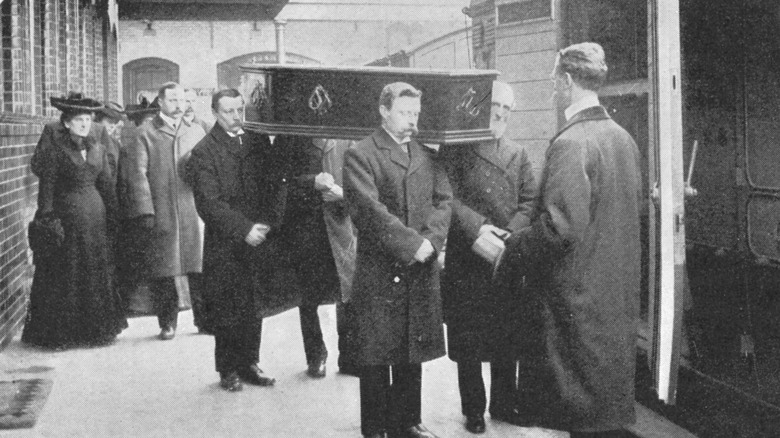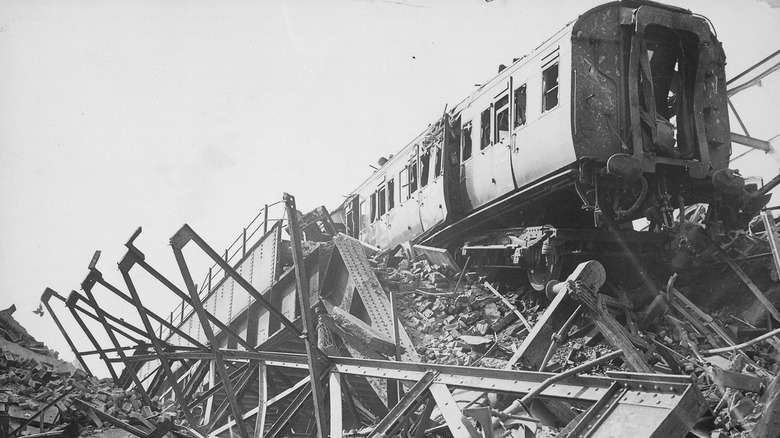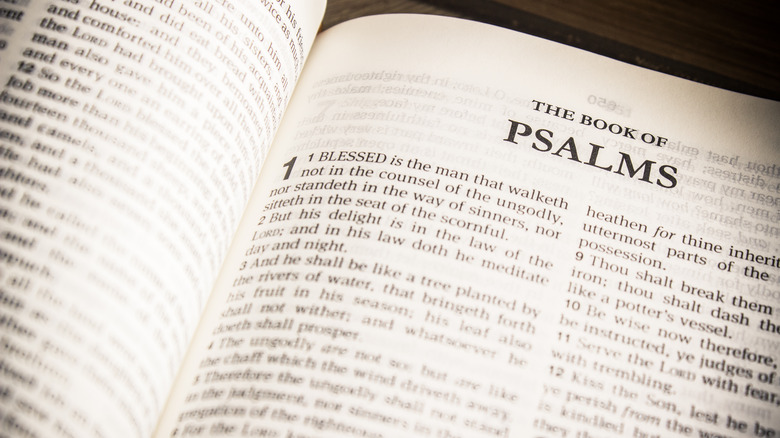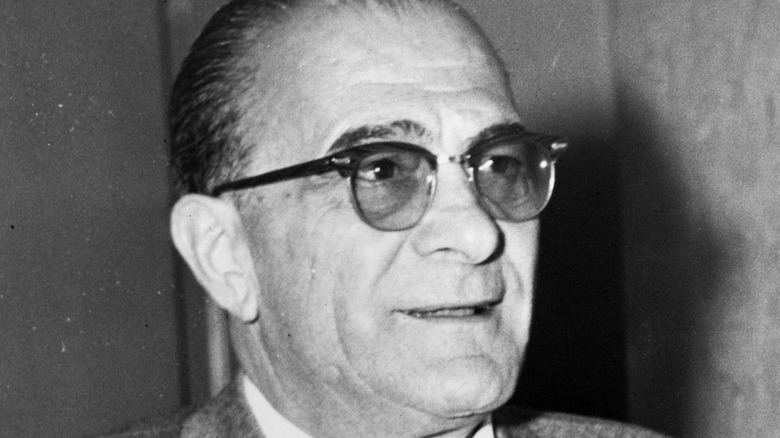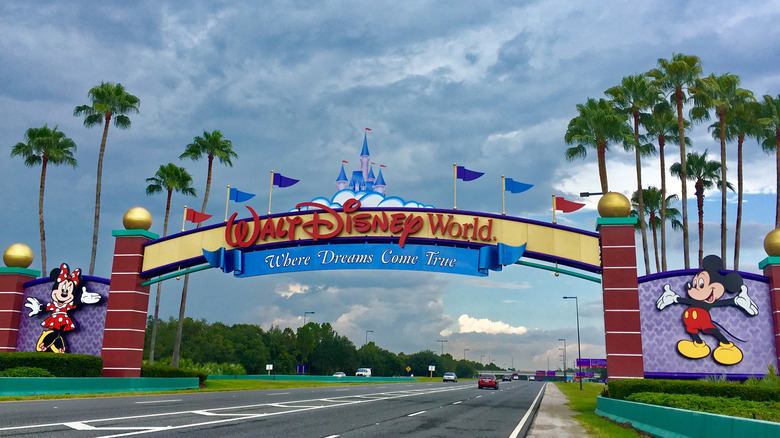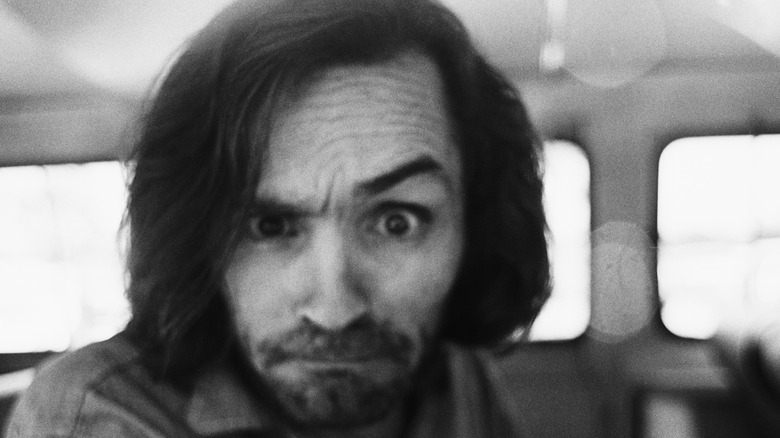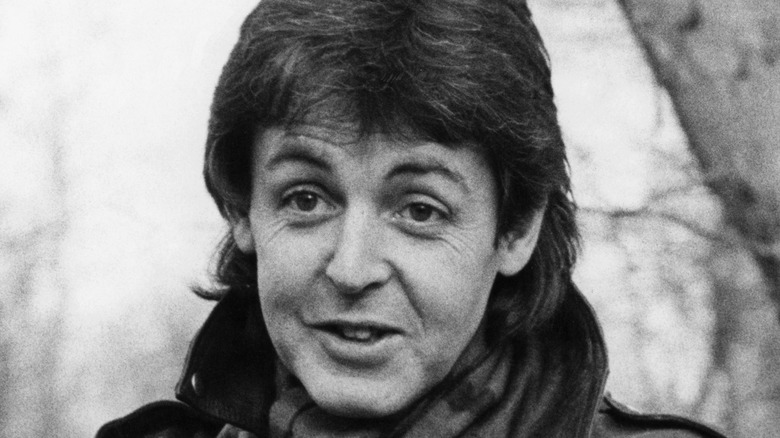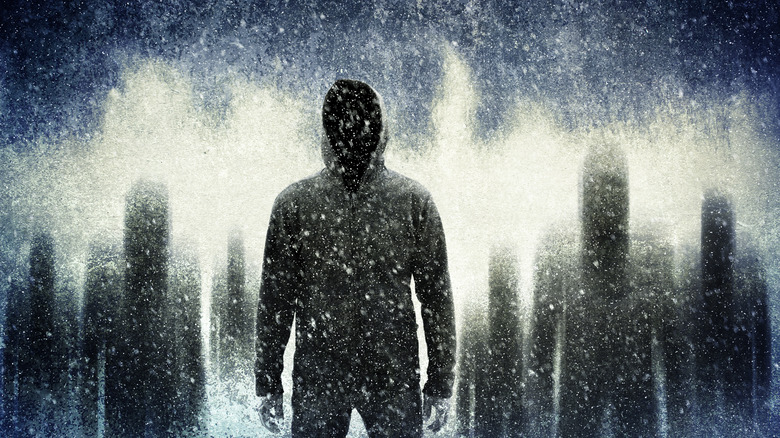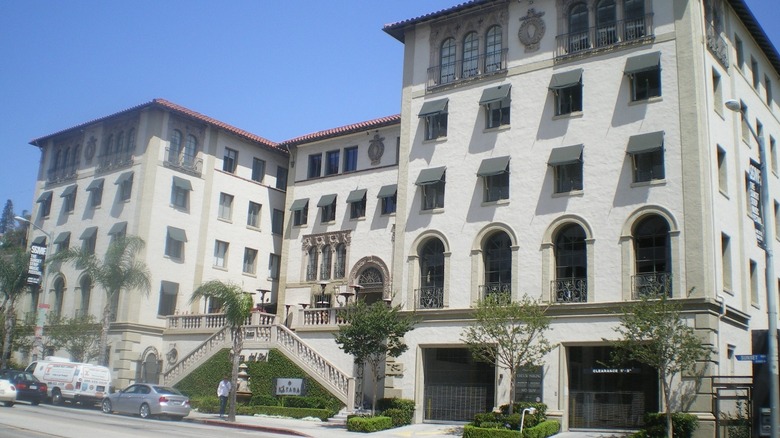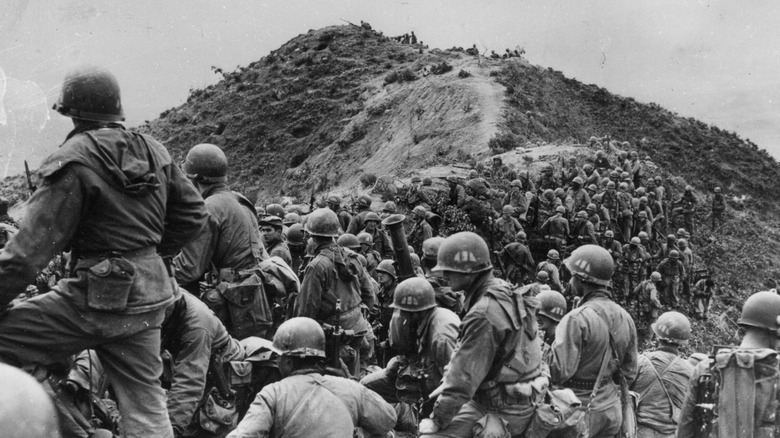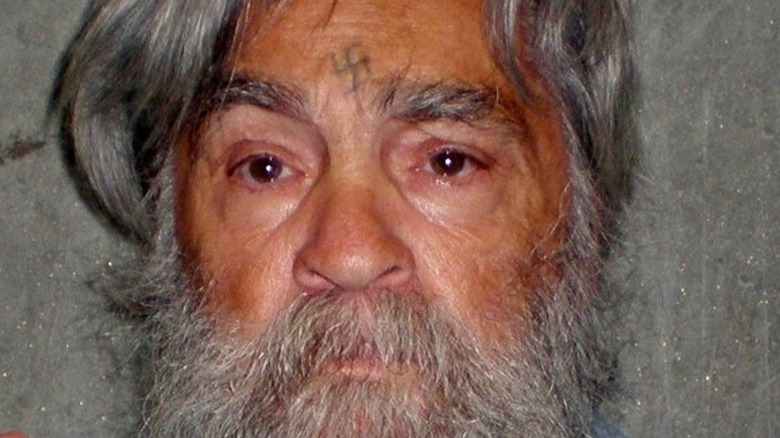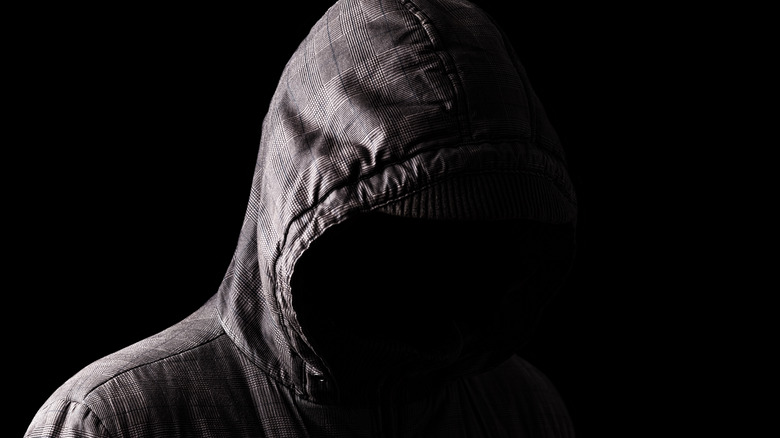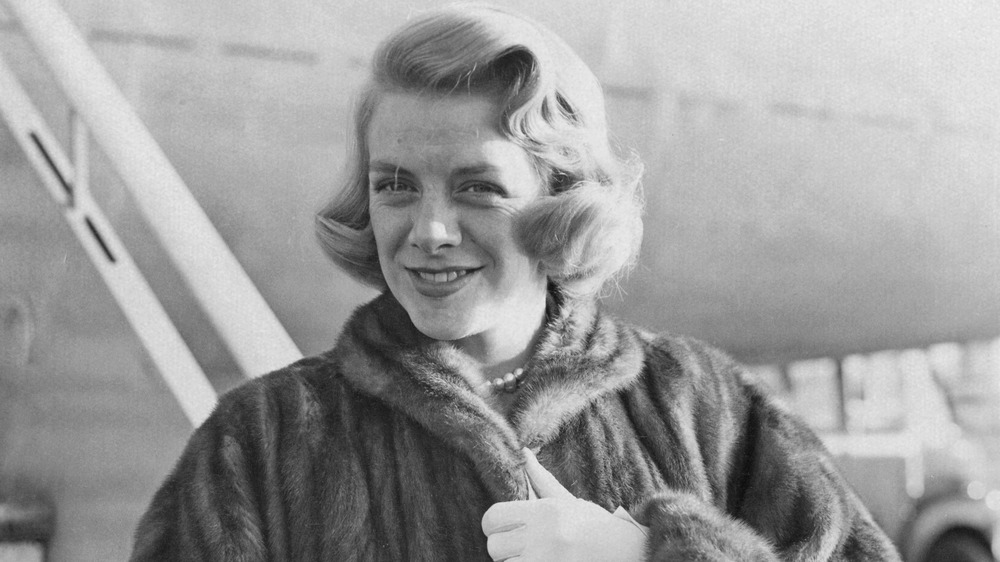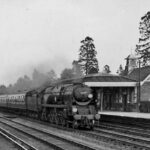
The Fascinating History Of London’s Train For The Dead
In the mid-19th century, London had a booming population, and the city was crowded with people looking for job opportunities. Likewise, the city’s graveyards were also becoming increasingly cramped, with graves being dug too close together to accommodate burials. Because of this problem, Parliament proposed building more cemeteries. The spacious and beautiful cemeteries that were built, called the “Magnificent Seven,” provided a solution to the problem, but they were geared toward those with money to spend (via the BBC). Lower-class citizens still had the existing question of where to bury their dead.
The Industrial Revolution helped in creating a solution for the problem. Two entrepreneurs, Richard Sprye and Richard Broun, thought of building a massive graveyard away from the city that could be accessed via a railroad (via London Walking Tours). This allowed the less fortunate to have a decent place to bury their dead. The London Necropolis and National Mausoleum Company was established in 1852, and by 1854, the London Necropolis Railway was in operation to transport the dead and the grieving from London to Brookwood Cemetery located in Brookwood, Surrey, according to Atlas Obscura.
Traveling to their final resting place
The London Necropolis Railway station was located near Waterloo in Central London. Per a BBC article, the train traveled for 23 miles and the journey took about 40 minutes. There were no stops along the way, and loved ones and relatives traveled with the dead to their final resting place at Brookwood Cemetery. The train had special leather straps in order to keep the coffins in place during travel. Ticket prices varied based on class, but they were kept at a minimum to accommodate lower-class families.
The first ones to board were first-class passengers, followed by second-class, and finally, the third-class group, which was separated by glass from the first two classes, per London Walking Tours. The train for the dead departed at 11:35 a.m. daily and would arrive at the cemetery at approximately 12:25 p.m. Upon arriving at Brookwood Cemetery, funeral rites are held and mourners can have refreshments and snacks afterward before returning to London at around 2:15 p.m.
The end of the London Necropolis Railway
There were some critics of the London Necropolis Railway against its operation, particularly religious leaders who said that transporting the dead in such a way was not fitting for “the solemnity of a Christian funeral,” per BBC. However, many citizens found no problem with it, and at its peak, the London Necropolis Railway carried up to 2,000 dead bodies a year (via London Walking Tours). At the turn of the 20th century, however, demand for the railway service declined as more cemeteries became available. Motor cars were also being used, so traveling was not as difficult and time-consuming as when horse-drawn carriages were only the mode of transportation. By the 1930s, the London Necropolis Railway only traveled once or twice a week.
The train’s last journey happened on April 11, 1941, when World War II was happening. Just a few days later on April 17, German bombers attacked the area and the train station was destroyed. Some structures remained intact, but on May 11, the station officially closed its doors. After World War II, it was decided that the London Necropolis Railway was no longer needed. In its 87 years of operation, the railway was able to transport about 200,000 dead bodies, according to Atlas Obscura.
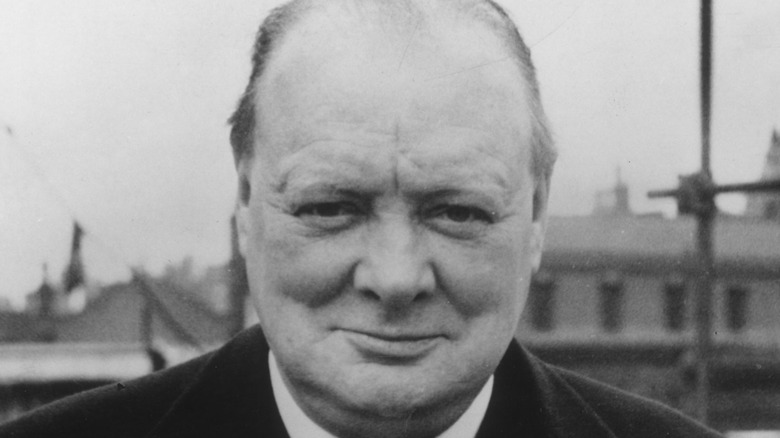
The Odd Thing Winston Churchill Ended Up Doing With A Shark
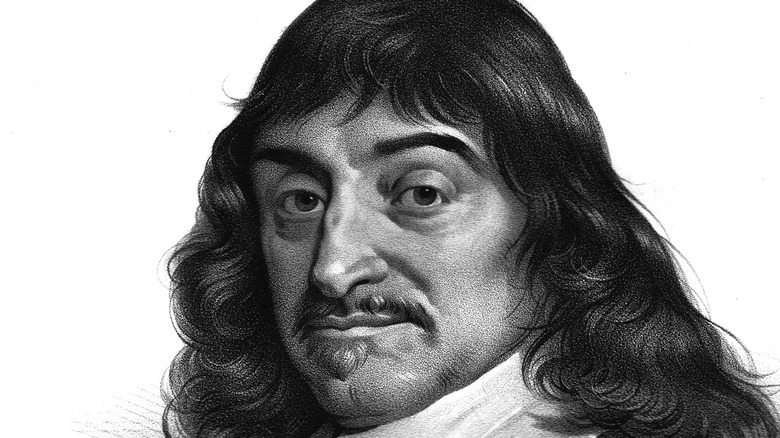
The Surprising Distance Rene Descartes' Corpse Has Traveled
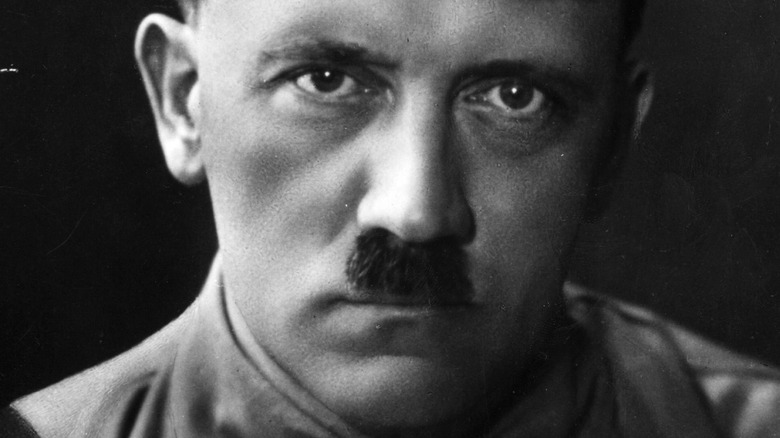
Why Hitler Cried When He Met Benito Mussolini
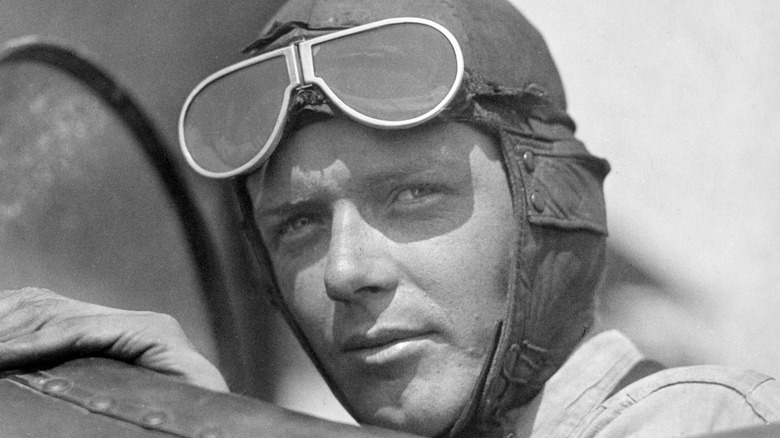
Why Charles Lindbergh Refused To Celebrate Mother's Day
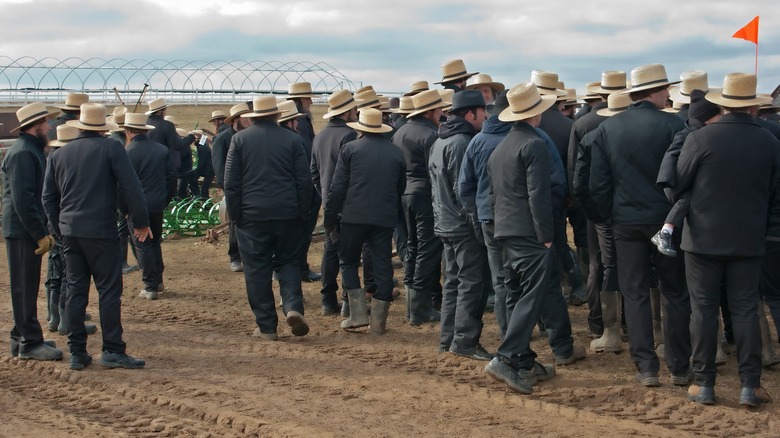
The Truth About Amish Men's Fashion

This Is Where You'll Find The Remains Of Pringles Designer Fredric Baur
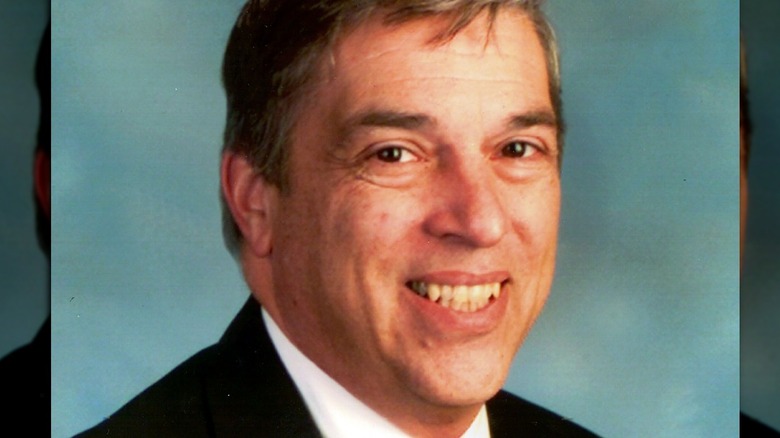
The Man Behind The Worst Intelligence Disaster In U.S. History

Former Olympian's Involvement In Cult-Like Church Explained

The Legend Of The Flying Dutchman Explained

Rare Pink Manta Ray Caught Down Under
